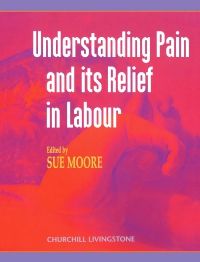Understanding Pain and Its Relief in Labour, 1st Edition
Date of Publication: 12/1996
Midwives in all the developed countries are also taking increased professional responsibility for the management of all aspects of labour including pain control. Alternative methods of pain relief by midwives are being used increasingly, and will continueto be while the use of drugs such as pethidine for controlling labour pain is no longer routine. No book has existed till now which looks at the subject in the light of these changes from the midwife's point of view. Existing titles are very medical and pharmacological in approach. This book looks at all aspects of pain relief in labour, covering the physiological processes involved in the perception of pain and relates them to the physiological process of labour. Management of pain in labour is dealt with from the midwife's point of view and particular emphasis is given to non-pharmacological methods of pain control, including complementary therapies. Pharmacological methods of pain control are also included.
Midwives in all the developed countries are also taking increased professional responsibility for the management of all aspects of labour including pain control. Alternative methods of pain relief by midwives are being used increasingly, and will continueto be while the use of drugs such as pethidine for controlling labour pain is no longer routine. No book has existed till now which looks at the subject in the light of these changes from the midwife's point of view. Existing titles are very medical and pharmacological in approach. This book looks at all aspects of pain relief in labour, covering the physiological processes involved in the perception of pain and relates them to the physiological process of labour. Management of pain in labour is dealt with from the midwife's point of view and particular emphasis is given to non-pharmacological methods of pain control, including complementary therapies. Pharmacological methods of pain control are also included.
Key Features
Author Information
By Sue Moore, MSc, BA, RGN, RM, Senior Lecturer, School of Women's Health, University of Central England in Birmingham, Birmingham, UK




